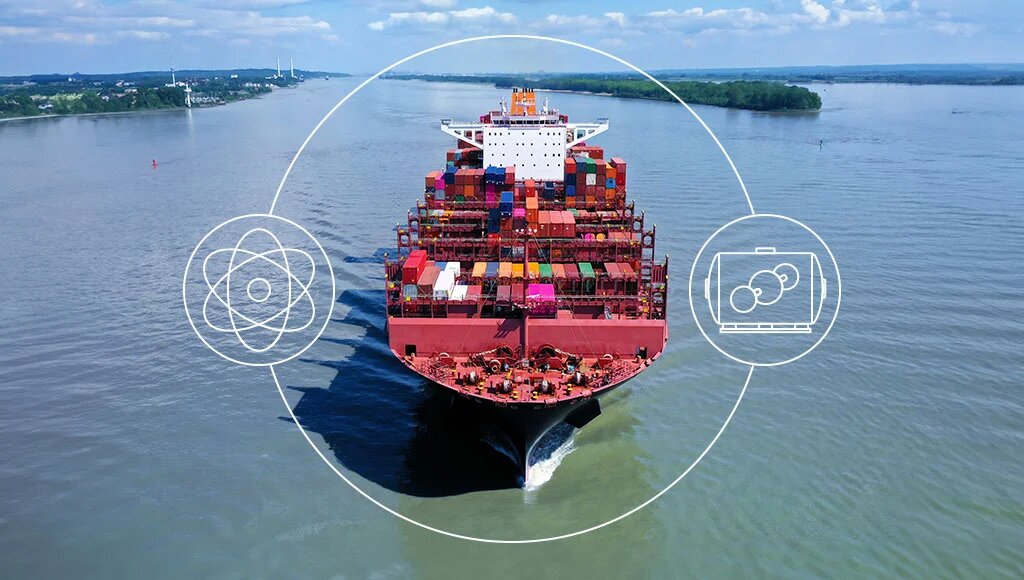Fleet renewal, geopolitical disruption and regulatory pressure will reshape chemical and product tanker markets
Expected developments in the chemical and product tanker fleets suggest 2025 will mark the start of a prolonged period of rebalancing, characterised by ageing vessels, regulatory constraints and shifting trade patterns.
Maritime Strategies International senior analyst Bonita Nightingale, speaking at the International Chemical & Product Tanker Conference 2025 at the Millennium Gloucester Hotel in London on 23 April 2025, noted the chemical tanker market, having enjoyed elevated earnings through 2022–2024, faces a softer outlook.
“Global demand is expected to remain slow over the next few years while vessel deliveries and swing tonnage increase,” she said, “One-year time charter rates are forecast to continue sliding until 2029, when a large proportion of the fleet will reach the end of its economic life and upward pressure on rates may resume.”
Ms Nightingale observed that, despite fleet expansion, the orderbook remains insufficient to replace ageing tonnage. “20% of the current chemical tanker fleet by deadweight is over 20 years old,” she said, “yet the orderbook only covers 13% of the fleet.” Although newbuilding prices remain high, secondhand prices are starting to weaken, especially among larger epoxy-coated vessels but stainless steel asset values, however, have been more resilient.
Marine Insight managing director Christopher Pålsson, speaking at the same event, identified a similar dynamic on the product tanker side. “We have a fairly young fleet in capacity terms but an ageing fleet by number of ships,” he said.
He warned the combination of an 18-year average fleet age and a 20% orderbook would accelerate removals as environmental and regulatory pressures mount.Mr Pålsson also cautioned the strong earnings which have supported low scrapping rates may soon give way.
“If the situation in the Red Sea resolves, a vast amount of capacity would re-enter the market, immediately impacting the supply-demand balance.”
His colleague, Marine Insight director Niklas Bengtsson, highlighted the vulnerability of the larger product tanker segments. “The expected compound annual growth rate for the fleet is about 5% over the next five years, more than double the previous five years,” he said.
“This is heavily weighted towards vessels over 20,000 dwt. Should geopolitical disruption ease or trade policies change, oversupply in these size ranges will be exposed.”
Biofuels and regionalised trade in alternative fuels were flagged as medium-term trends offering smaller tankers better prospects.
“Biofuels will need to be sourced regionally, benefiting smaller tankers,” Mr Pålsson said. Nonetheless, he added supply would need to expand dramatically to meet demand, with shipping today receiving only a fraction of the biofuel output required by 2050.
Against this backdrop, cautious fleet renewal and increased scrapping will be necessary to balance markets over the next decade.
As Ms Nightingale succinctly concluded, “Slow demand growth, a rising share of ageing vessels, and environmental constraints will govern fleet developments through to 2029.”






